Hiking gives you the chance to be out in nature and see incredible scenery that you can’t see from a car. It gives you a chance to be in fresh air, commune with nature and gain a deep respect for the environment.
However, it can be daunting at the beginning. So, it’s good to know that if you have only just started hiking – or are thinking about doing for the first time – you are not alone.
🛏️FIND A HOTEL: Search now
🚘FIND THE CHEAPEST CAR RENTAL: Search Discover Cars for the best deals
✈️FIND THE CHEAPEST FLIGHTS: Search Skyscanner for the best deals
🧳GET TRAVEL INSURANCE: Get insured with Travelex before you go
📱TAKE AN AUDIO TOUR: Buy an audio tour now
No time right now to read this guide to day hiking for beginners? Pin It and save it for later:
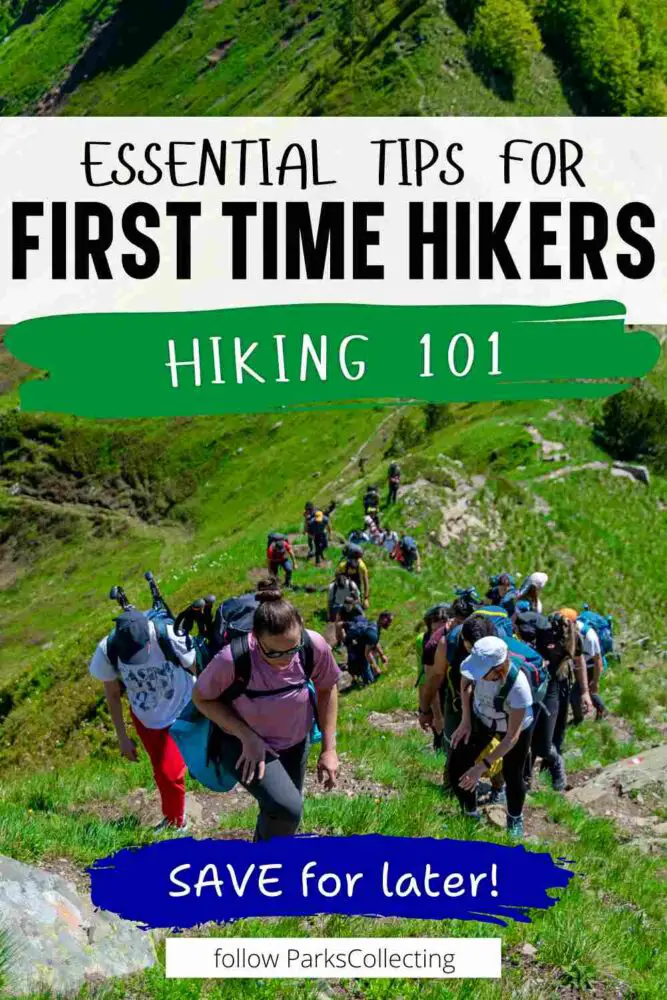
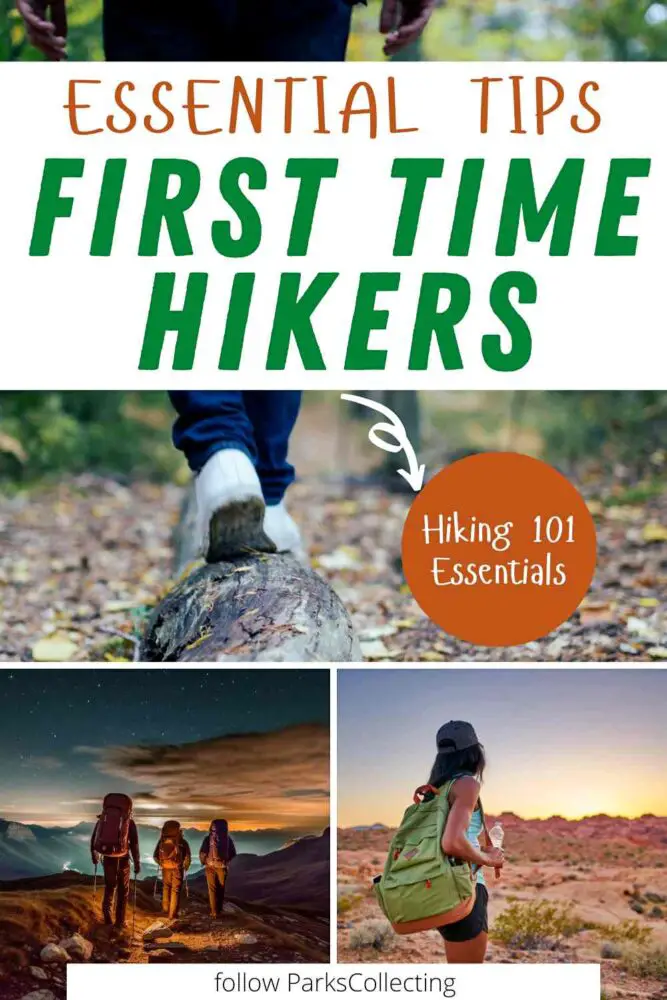
Subscribe to daily national parks planning tips, travel inspiration and trip ideas and I’ll send you a free PDF of this Guide:
Hiking 101: A Guide to Hiking for Beginners
For the longest time, I hated the thought of hiking. I had been on a few enforced ‘bush walks’ (as hikes are called in Australia) when I was a kid and hated them. It was hard, hot and boring. I was unfit and would rather be inside reading a good book.
Over time, however, I have come to appreciate hiking and while I still love reading a good book, I am happy to be out and get the chance to experience our national parks up close.
I wish that when I started, I had some basic information about hiking for beginners, so I am going to share some tips with you.
If you are just starting out, this beginners guide to hiking will introduce you to some basic hiking etiquette, some hiking essentials beginners shouldn’t leave home without, and some books to read to help and inspire you.
Table of Contents
15 Hiking Tips and Tricks for Beginners
If you are you thinking “I want to start hiking” or maybe you are just getting into hiking, before you start hiking, it’s helpful to review some basic hiking tips.
Here are some helpful hiking guidelines:
1. Plan Ahead
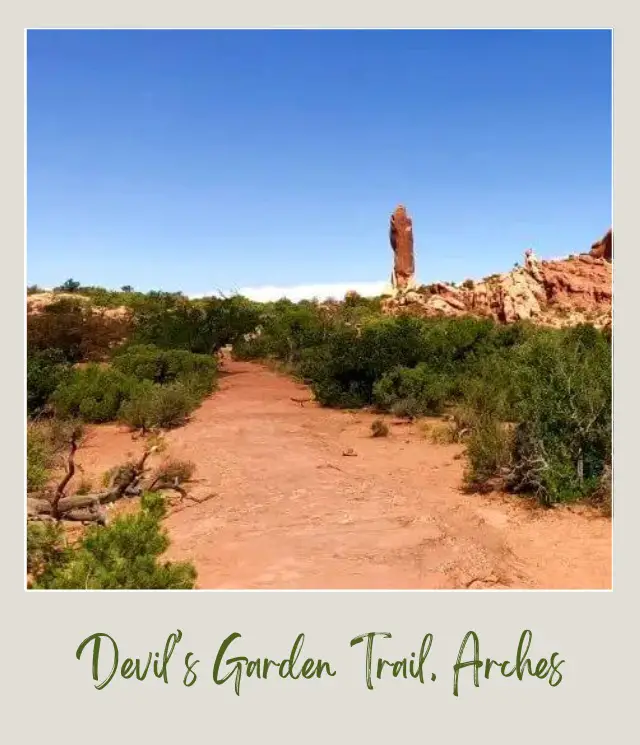
One of the most essential hiking tips beginners often overlook is to plan ahead. Even easy hikes can become uncomfortable if you haven’t planned right. Know the hike, know the difficulty level, know what gear to take, etc.
I like to read blog posts that describe the hike so that I know exactly what is in store for me. Knowing what to expect will not take away that feeling of awe of being surrounded by incredible scenery, but being prepared will help prevent unpleasant surprises.
2. Pick the Right Hike

The best hike is the one that matches your fitness level. You can push yourself a little, but if you are sore and exhausted, it is difficult to actually enjoy yourself. There is a myriad of things to consider when choosing a hike and deciding if it is right for you.
3. Check the Weather
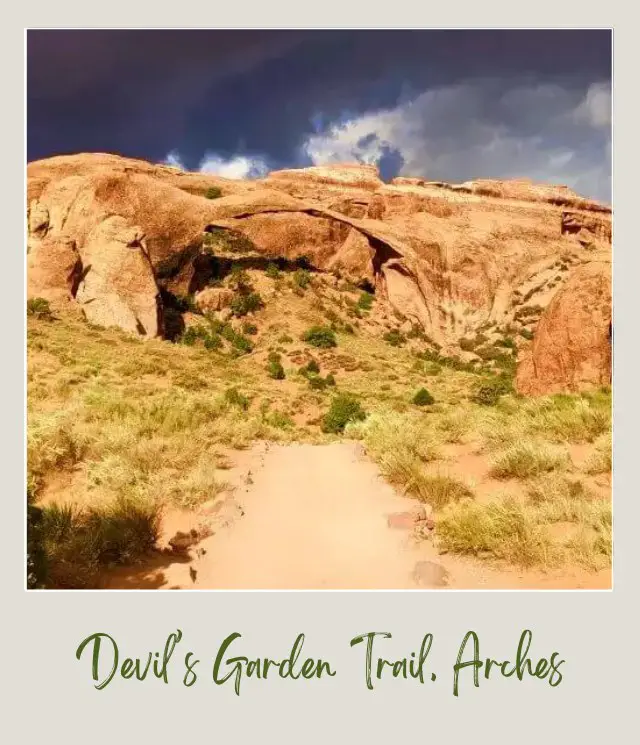
Even an easy hike can become difficult if the weather is not right. Weather can change quickly, of course, but you should always check to see what is expected.
Some hikes are bad news when the rock is wet or icy. Others are ill-advised if the sun is beaming down and it’s 110°F. Always check and be prepared to postpone your hike if inclement weather is expected.
4. Know the Area
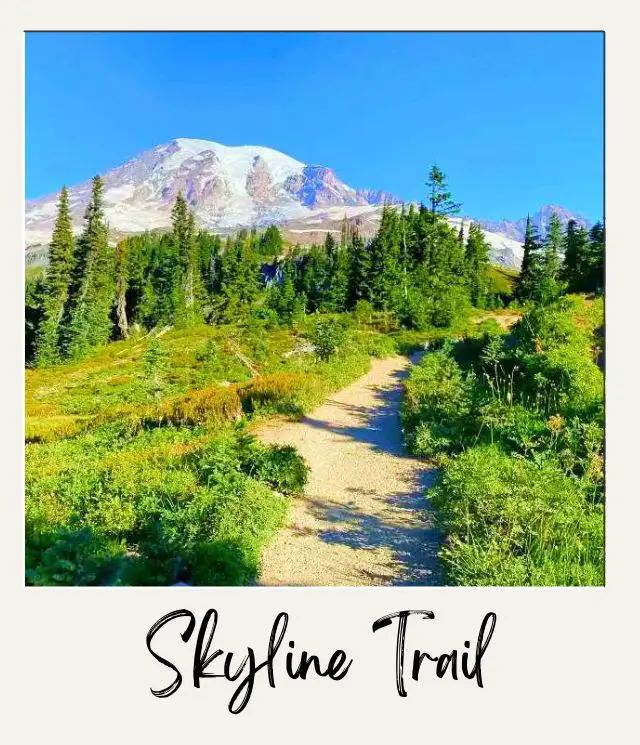
Part of your research will teach you more about the area of the hike. What is the terrain like? How is the trail marked? Do you need a map or is it easy to follow? Many trails are marked by signs, logs, cairns or trail blazes. Knowing this (and having a map, if necessary) beforehand will make the hike easier.
5. Learn to Read Trail Markers
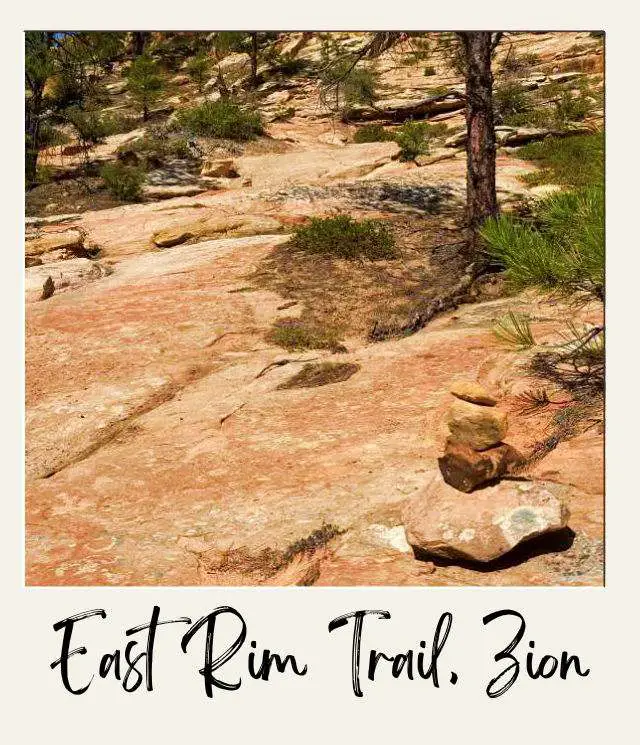
The word “trail blaze” is used to describe something that helps mark a trail. Sometimes trails, especially very easy ones, are obvious, with a clear path. However, there are often times when the trail is not super clear and this is where trail blazes come in.
There are different systems used around the world, but in the United States and Canada, there are seven common methods used. Knowing them and how to use them is essential if you on trails that have them.
If you aren’t familiar with trail blazes, read my guide to How to Read Trail Markers.
6. Tell Someone Where You Are

Some trails will require you to register before you go. This is most common with more advanced trails. However, even if you are just going on an easy trail, you should always tell somewhere where and when you are going, with a detailed itinerary, and then tell them again when you are back.
Things don’t often go wrong, especially on easy hikes, but this doesn’t mean that things can’t go wrong. There is always a possibility, so you should always plan for it, just in case. Register with a national park office or tell a friend or family member.
You can also leave a note with your plans inside your vehicle, if you are parked near a Trailhead (out of sight, so thieves can’t see it). Then if things do go awry, search-and-rescue people can get into your vehicle and find it easily.
7. Protect Yourself From Bugs
Some of the hiking basics for beginners include protecting yourself adequately from the elements. If you are hiking in the woods, rainforest, jungle, bush, etc. then there will be bugs. You do not want to be eaten alive by bugs, so make sure you have adequate bug spray/ insect repellent.
When it comes to bug spray, there are two main categories – with DEET and without DEET.
DEET is a chemical that is strong and will repel most insects. It is, however, somewhat toxic and can burn your skin and isn’t great for the environment. If you are going into a jungle and want to make sure you don’t get malaria or something else from bugs, then I would use a bug spray with DEET.
You can buy Repel with DEET here on Amazon.
If you don’t need anything too heavy duty, then I would go with a non-DEET version.
You can get a Skyorganics bug spray here on Amazon that is DEET-free and organic.
8. Protect Yourself From the Sun
Never underestimate the power of the sun.
You should, of course, always have a good sunscreen. I like Banana Boat sport because it stays on when I sweat and doesn’t hurt my eyes.
You can get some on Amazon here if you need it.
If I am hiking in the sun for any time at all, I also wear a sun hat (I hate wearing hats, but I hate being sunburned more).
I like this one because it can get wet and still keep its shape and it has a mesh panel to help keep your head cool. You can buy it here in Amazon.
9. Stay Hydrated
Always take water with you, even for a short hike. Always take more water than you think you will need.
I carry two water bottles with me (and sometimes three for long hikes), as I drink a lot. You do NOT want to get dehydrated.
I like the Que collapsible bottles, because they get smaller when you aren’t using them, so they take up less space in your luggage.
Check out the Que water bottles on Amazon here.
I don’t recommend drinking water out of a stream without filtering it first – the water may seem clean, but you don’t know if there is a decaying animal lying in it just upstream, sending germs down to you. (Though obviously if your choice is between dehydration and drinking water from a river, then choose to stay hydrated and take the chance). It is better, however, not to have to take the chance. Therefore, for longer hikes, you may want to consider a water filtration system.
This Life Straw personal water filter (check it out on Amazon here) is fairly small and light, so it’s easy to put in your bag.
10. Keep Your Energy Up
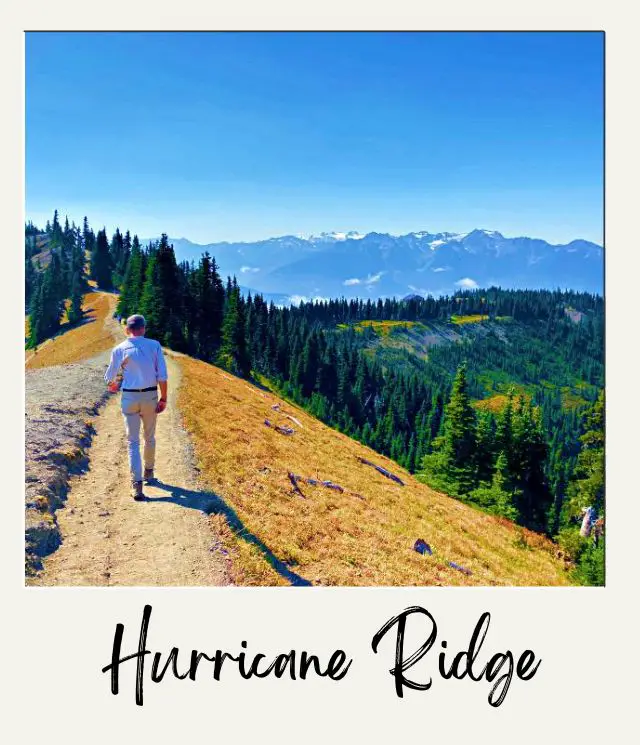
Hiking can take more energy than you think. Even on flat trails, there is often more up and down than you think. Your feet are often landing at uneven angles and your body is having to adjust constantly. You are also out in weather that often drains your energy.
It is extremely important to keep your energy up the entire time so that you don’t struggle at the end of the hike. This is why you should take some kind of trail mix with you, in addition to lunch, if you are going to be hiking throughout the day.
The best trail mix for you depends on your taste. Check out a range of options on Amazon here.
11. Wear the Right Gear
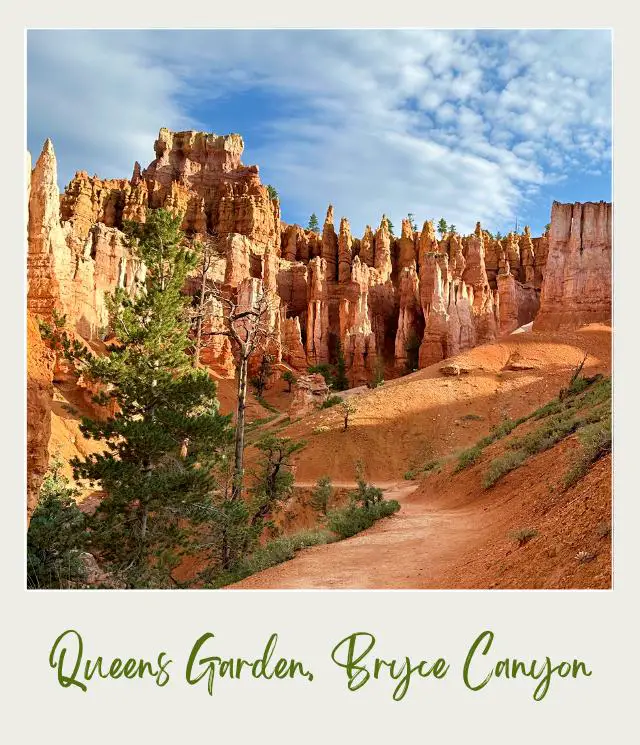
This is extremely important. The wrong shoes or clothing can make the difference between a great time and a miserable time. Check out my guide for hiking gear beginners need here.
12. Leave No Trace
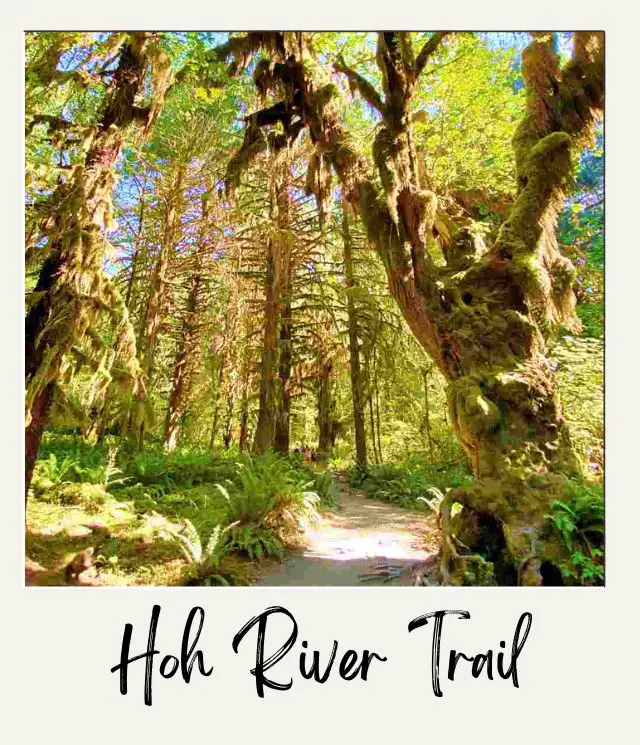
This is a no brainer, but let’s say it anyway. You should leave no trace at all that you were out in nature. Take every piece of rubbish back with you. I like to take an empty Ziplock bag and out my trash in it. This includes organic matter such as orange peel. It may be biodegradable, but it isn’t part of the native ecosystems, so you shouldn’t leave it behind.
13. Stay On The Trail
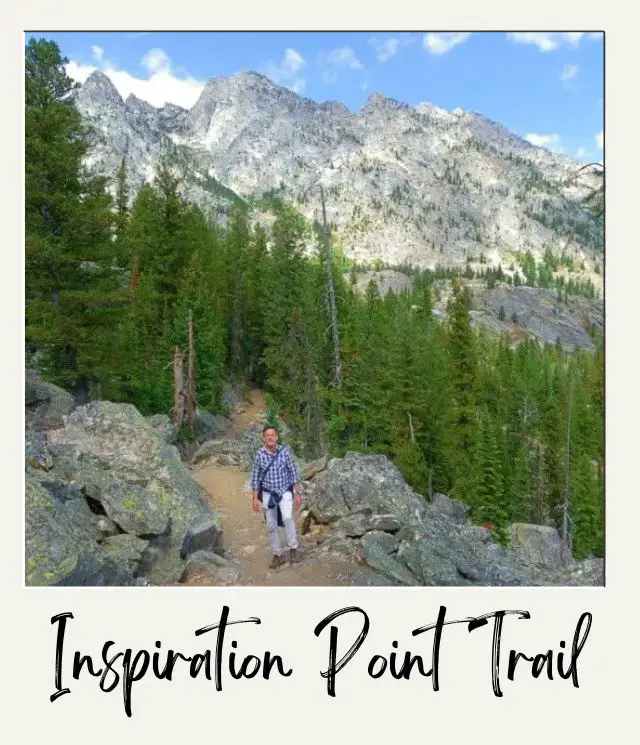
It can be tempting to go off trail and explore regions that others haven’t. But trails exist for a reason. They enable us to be out in nature while minimizing our impact on often fragile environments.
When you go off trail, you are trampling on plants or other living species that may be extremely fragile, rare, indigenous to the area, slow-growing and/ or important to the ecosystem. You may also be encountering some hidden danger that you weren’t aware of. You should always stay on the trail.
14. Pace Yourself
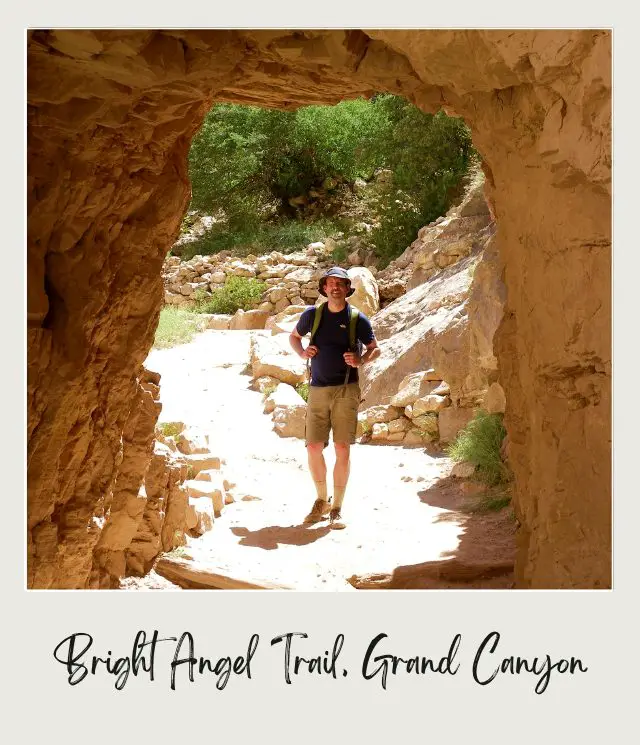
Make sure you have plenty of time, so that you don’t need to rush. Take your time and enjoy the surroundings. If you rush, you risk overdoing it and then the past part of the hike can be miserable, with your muscles aching, you feeling faint and exhausted, or worse.
When I hiked the Bright Angel Trail out of Grand Canyon, a twenty-year old in our group hiked it as quickly as he possibly could. Yes, he finished the hike much more quickly than any of us, but when I saw him that night, he looked ROUGH. Whereas I, who was much older and less fit, felt fine. Plus, I figured – what was the rush? I wanted to enjoy my time in the canyon. I stopped frequently to take a million photos and enjoy the ever-changing view.
So stop, slow down and enjoy the journey and not just the destination.
15. Know Basic Hiker Etiquette
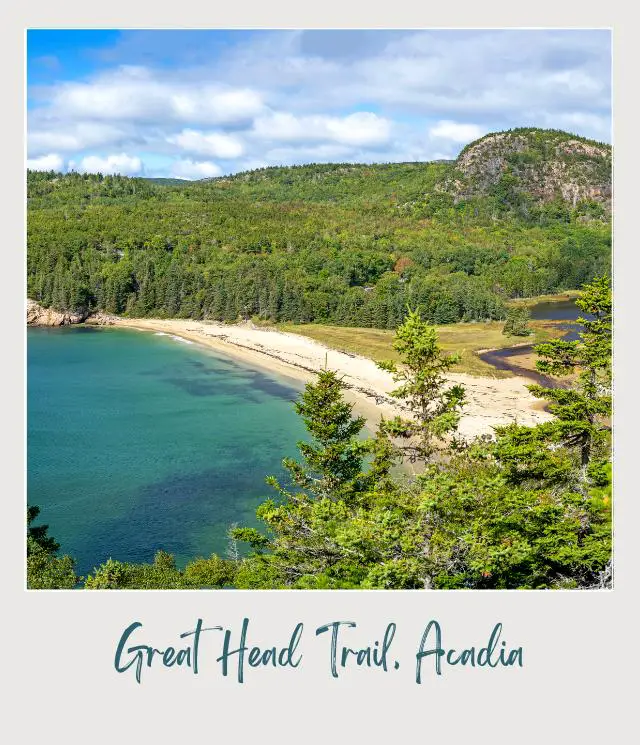
Yes, there is etiquette that hikers should follow. Read my Guide: Hiking Etiquette for Beginners.
Hiking Gear for Beginners
Hiking equipment for beginners doesn’t need to include lots of technical things like GPS systems, etc. unless you plan to start immediately with advanced hikes (which I don’t recommend). However, there is still some essential hiking gear for beginners that you should take with you.
- Essential Gear for beginner hikers
- Additional gear for hiking
- Packing List for Day Hikes
- Essential Winter Hiking Gear
Travel Insurance for Hiking
The vast majority of times, nothing will happen when you are hiking, if you are sensible, prepare, have appropriate gear, watch the weather and stay on the trail.
However, you are walking on uneven ground, weather can change unexpectedly, and other things can happen. It’s important not be paranoid, but it’s equally important to be prepared.
And that means having travel insurance that will cover you. Being emergency lifted out can be crazy expensive, and even if you get yourself out and then end up in hospital, you don’t want to be slapped with a huge medical bill.
Travel insurance comes in all shapes and sizes. Check out Travelex insurance and coverage (it covers most hiking-related events, but check the fine-print for your own hike).
Best Hiking Books for Beginners
This hiking for beginners book is a nice introduction to hiking. Includes tips for choosing a safe trail, what to take with you, first aid, etc.
The Complete Idiot’s Guide to Backpacking and Hiking
A comprehensive overview of all aspects of hiking from day hikes, to overnight hikes, including gear, safety, how to get fit and more.
100 Parks, 5,000 Ideas: Where to Go, When to Go, What to See, What to Do
This one is for inspiration. Featuring parks in North America, it is bound to get your wanderlust firing and give you plenty of ideas on places to hike.
Happy hiking!
Do you have any favorite hikes or tips to share? I’d love to hear them. Join my private Facebook group National Parks Collectors and comment and let me know (you can also pick up extra planning tips, share your photos and stories with other national park lovers and more).
For other hiking resources, check out:
- Hiking Trail Etiquette 101
- A Beginner’s Guide to How to Read Hiking Trail Markers
- 18 Things to consider when choosing a hike
- Essential Gear for beginner hikers
Are you just starting to think about taking a National Parks trip? Get Inspiration
Are you starting to plan a trip to a national park? Read my free guides
Do you need tips and additional information? Read a selection of tips for visiting US national parks
Are you ready to book your trip? Use these Planning and Booking Resources
Do you want to read a book about US national parks? Check out my Recommended Reading Lists
Subscribe to daily national parks planning tips, travel inspiration and trip ideas and I’ll send you a free PDF of this Guide:
Hiking 101: A Guide to Hiking for Beginners
If you liked this article, please share the love and Pin It to your Hiking board!


About the Author
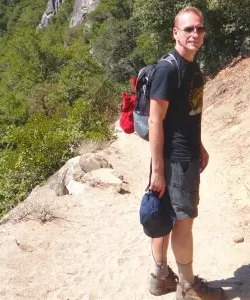
James Ian is a national park, camping and hiking expert.
He has dedicated his life to travel, visiting more than 80 countries, all 7 continents and most of the national parks in the United States. With over 35 years experience in the travel industry, James has worked on cruise ships, at resorts and hotels, and as a travel planner who’s helped hundreds of people plan successful trips to US national parks.
Based on his experience visiting our national parks multiple times, in-depth research and expertise as a travel planner, James has published detailed itineraries for many of the major national parks in the US. These itineraries, as well as in-depth park guides, and other resources will help you have your own incredible trip to US national parks without stress and hassle.
As a national park expert, James has contributed to many publications, including USA Today, Newsweek, Time Business News, Savoteur, Best Trip, and Wired.
I’m a member of the Amazon Services LLC Associates Program. As an Amazon Associate I earn from qualifying purchases.








